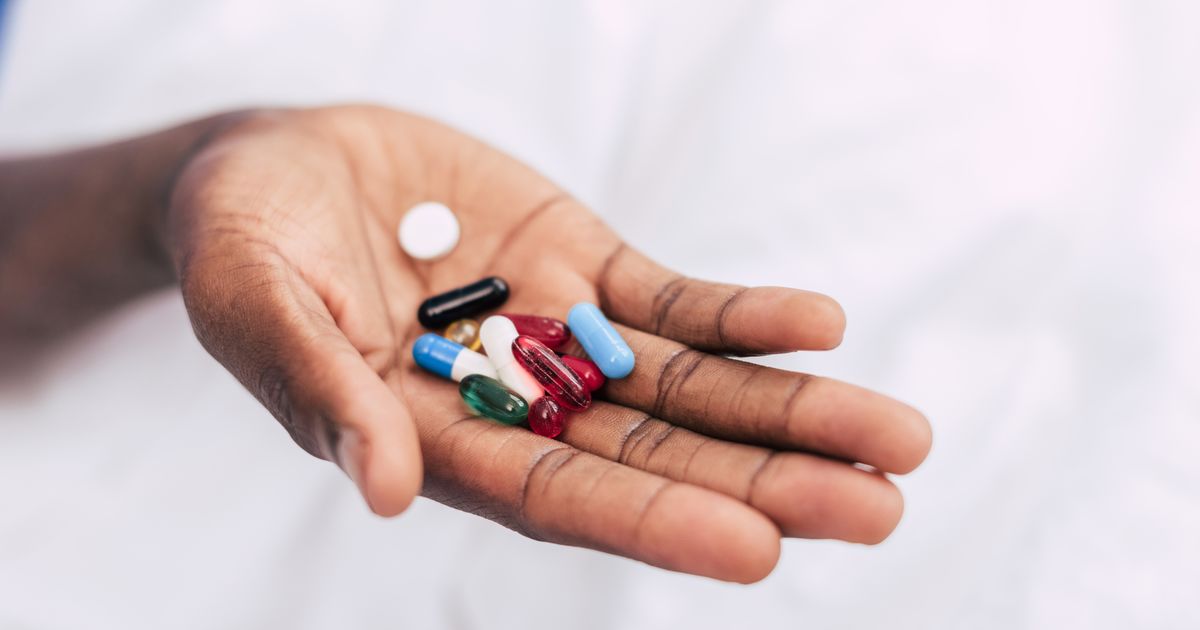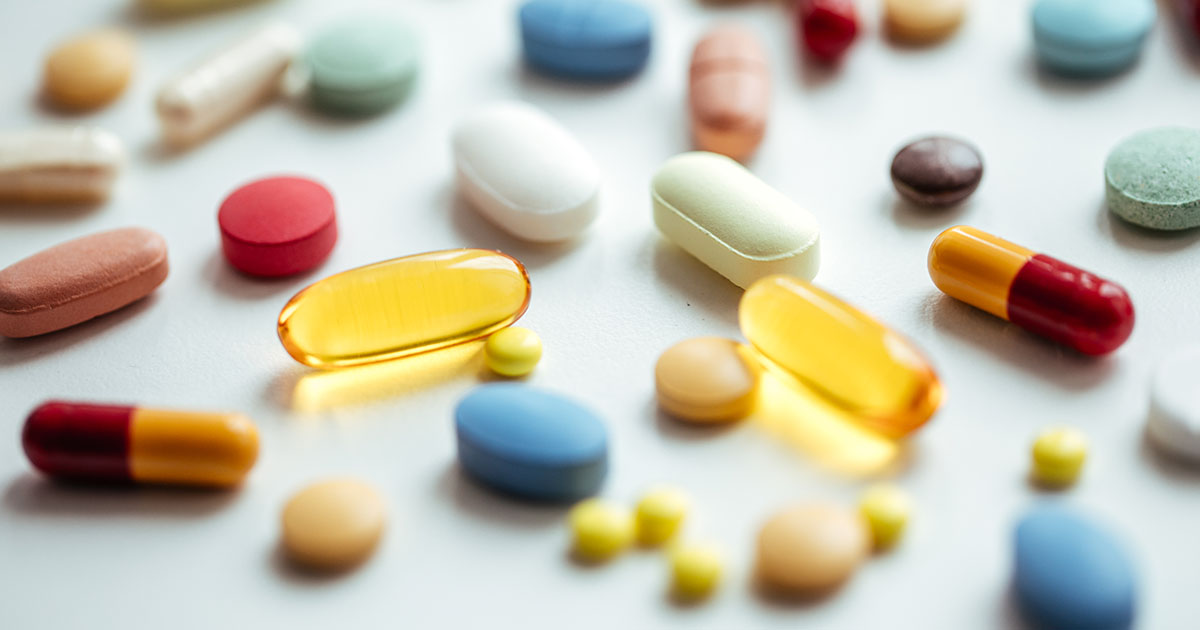How To Treat Hidradenitis Suppurativa
Hidradenitis suppurativa is a type of chronic inflammatory condition that affects the skin. It causes the sweat glands to become infected and inflamed, triggering the formation of lumps underneath the skin. The lumps typically form in skin folds such as the groin, armpits, and underneath the breasts. Initially, the lumps may look like small pimples, but they can enlarge up to the size of a marble, and may also turn into abscesses and fill with pus or blood. Since hidradenitis suppurativa is a relatively rare condition, it is often misdiagnosed as acne, and some doctors incorrectly attribute it to poor hygiene or obesity. For this reason, patients who suspect they may have the condition should be evaluated by a dermatologist.
Hormonal Therapy

Hormonal therapy may be appropriate for women with hidradenitis suppurativa, and it can help reduce pain and pus drainage from sores caused by the condition. Before starting hormonal therapy, patients should ask their healthcare provider about the safest form for their situation. Some forms of birth control may increase the risk of blood clots, and it is important for patients to report side effects to their doctors promptly.
Another type of hormone therapy that helps some patients is spironolactone, a diuretic used in the treatment of hormonal acne. Patients using spironolactone should be aware of potential side effects which include nausea, vomiting, upset stomach, headaches, dizziness, and changes in menstruation. The medication can cause changes in kidney function, and it may not be appropriate for patients with kidney disease.
Immunosuppressive Medication

Immunosuppressive medication, also called biologic medication, can help in moderate to severe cases of hidradenitis suppurativa. These medications work by suppressing a protein called the tumor necrosis factor. Immunosuppressive medications are administered either intravenously or as an injection. Some of the immunosuppressants given by injection can be self-administered by the patient at home after a healthcare provider trains them. Intravenous biologics are typically given at the doctor's office or an infusion center.
Biologics can have severe side effects, such as heart failure, and some patients have developed cancer. Common side effects from biologic drugs include rash, nausea, headache, back pain, sinus and upper respiratory infections, and redness and pain at the injection site. Patients who develop a fever, joint pain, vision problems, dizziness, or swelling of the face or lower limbs should seek prompt medical attention, as these signs may indicate a serious and adverse reaction to the medication.
Punch Debridement

Punch debridement is a surgical procedure recommended for patients with moderate or severe hidradenitis suppurativa who have frequent relapses and significant pain. Also known as a mini-unroofing or surgical deroofing, punch debridement can be performed using a local anesthetic and is most often used to remove a single inflamed nodule. Punch debridement uses the same type of skin punch used to perform skin biopsies.
For patients with hidradenitis suppurativa, the goal of debridement is to turn painful patches of inflamed skin into scar tissue, which reduces pain and creates a more cosmetically pleasing result. Patients with severe cases of hidradenitis suppurativa may need to have multiple punch debridement procedures. Before the procedure, patients should ask their healthcare providers about the risks of punch debridement, wound healing, and recovery time.
Development Of A Careful Skincare Routine

The development of a careful skincare routine for daily use may help provide pain relief for patients and decrease inflammation. While a skincare routine is not a cure for hidradenitis suppurativa, it can help reduce the size of current breakouts and may prevent new ones from forming. Typically, most patients with hidradenitis suppurativa use a skincare routine that includes a cleanser, toner, and moisturizer. These can be purchased over-the-counter, and dermatologists often recommend patients purchase products formulated for acne.
These products often contain salicylic acid, an anti-inflammatory ingredient that reduces flare-ups. Since acne products can irritate and dry out the skin, patients may need to try several different formulations to find one that works for their skin. They may also need to start with applying topical acne products every other day at first. If over-the-counter products are not sufficient, dermatologists can prescribe stronger topical gels or oral medications.
Tissue-Sparing Excision

A tissue-sparing excision is a surgical procedure performed under general anesthesia. It involves removal of the patches of skin where hidradenitis suppurativa is present, and some of the healthy skin surrounding the infected area must also be removed to create a wide margin of healthy tissue. After surgeons remove the affected areas of skin, a skin graft is used to cover the open wounds. For the best cosmetic result, this procedure should be performed by a dermatologist or plastic surgeon.
Sometimes, a tissue-sparing excision procedure can be combined with electrosurgical peeling, a surgical method that allows doctors to preserve as much healthy tissue as possible. Since the surgery can be extensive, patients may need to stay in the hospital for a few days to recover, and they may also need to take prescription pain relievers following the operation. Although the operation prevents future outbreaks of hidradenitis suppurativa in the areas with skin grafts, the condition can still occur in areas near the surgical site. Thus, patients should be monitored frequently for future outbreaks at follow-up appointments.
